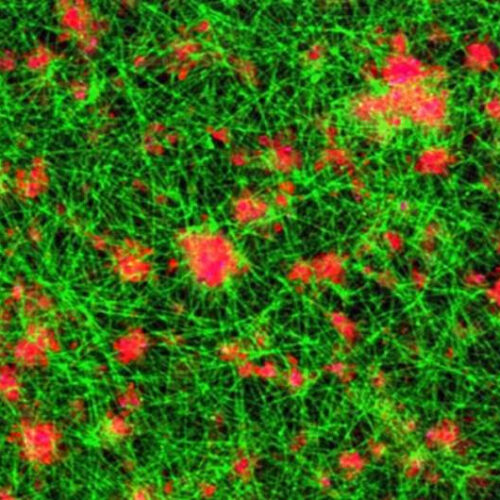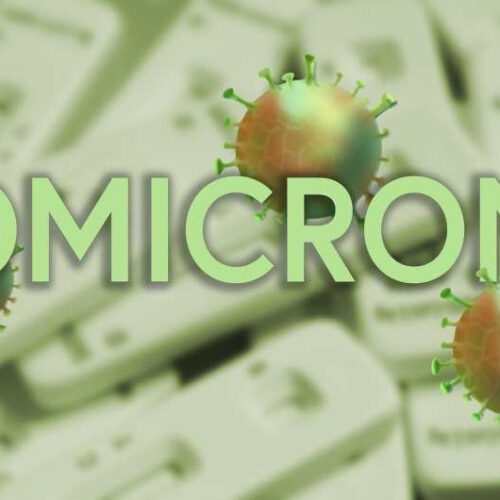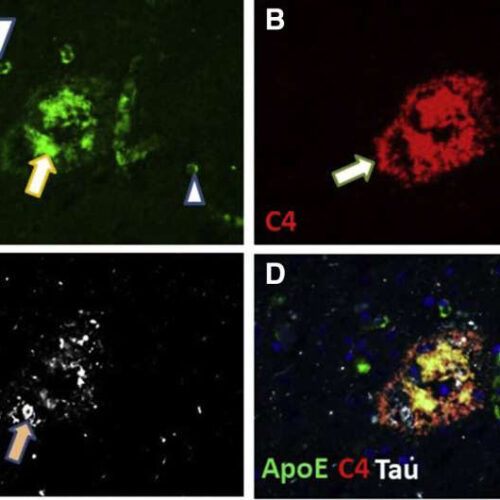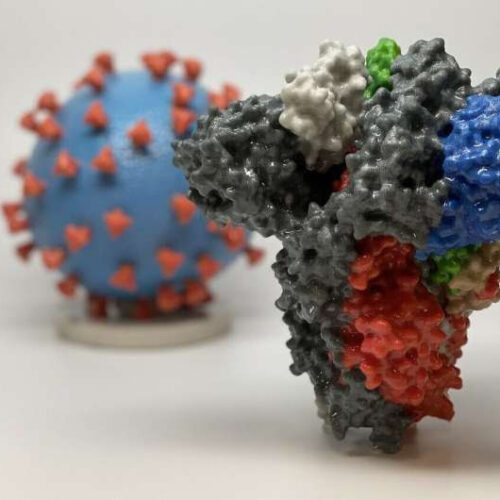by American Academy of Neurology Credit: Pixabay/CC0 Public Domain Subtle changes in the structure and the diastolic function of a person’s heart between early adulthood and middle age may be associated with a decline in thinking and memory skills. The research is published in the January 26, 2022, online issue of Neurology, the medical journal of the...
Researchers develop next generation of artificial platelets that can stop bleeding from an injury faster
by Case Western Reserve University A PNN-incorporated blood clot. The red areas are the platelet mimicking procoagulant nanoparticles and the green areas are the fibrin protein. Credit: Case Western Reserve University Biomedical researchers at Case Western Reserve University report that their latest innovation in developing synthetic platelets could help save lives by rapidly stabilizing clots...
Smoking may increase risk of heart attack via enhanced platelet activity
by University of Bristol Credit: Unsplash/CC0 Public Domain Smoking cigarettes may increase the risk of a heart attack by activating a gene that affects blood clotting, according to a new study by scientists at the University of Bristol. The study, published in Circulation Research, used a multidisciplinary approach involving four different study designs, including data from...
Constant tinnitus is linked to altered brain activity
by Karolinska Institutet Graphical absract. Credit: DOI: 10.1172/JCI155094 There has to date been no reliable objective method of diagnosing tinnitus. Researchers from Karolinska Institutet now show that brainstem audiometry can be used to measure changes in the brain in people with constant tinnitus. The study has been published in the Journal of Clinical Investigation. Tinnitus is...
Current anti-COVID pills work well against omicron, but antibody drugs are less effective
by University of Wisconsin-Madison Credit: Pixabay/CC0 Public Domain The drugs behind the new pills to treat COVID-19 remain very effective against the omicron variant of the virus in lab tests, according to a new study. However, lab tests also showed that the available antibody therapies—typically given intravenously in hospitals—are substantially less effective against omicron than against earlier...
Research reveals new links between brain over-activity and schizophrenia symptoms
by University of Nottingham Credit: Pixabay/CC0 Public Domain New research has shown that over-activity in a specific area of the brain is linked to certain symptoms of schizophrenia, opening up possibilities for the development of more targeted treatments. Researchers from the University of Nottingham found that faulty inhibitory neurotransmission and abnormally increased activity in the...
Study now links non-mutated Apolipoprotein E to dementia in the aging brain
by Elsevier Immunofluorescence microscopy showing a single neuritic amyloid plaque with the localization of Apolipoprotein E (ApoE) (green; A), complement protein C4 (red; B), and Tau (white; C) proteins in amygdala. This is from an individual with the APOE ε3/3 genotype (Case 1068). In the depicted plaque-like structure, the ApoE signal is strongest in the...
Study finds vitamin D supplements with or without Omega-3s decreased risk of autoimmune diseases
by Brigham and Women’s Hospital Credit: Pixabay/CC0 Public Domain Autoimmune diseases (AD) such as rheumatoid arthritis, polymyalgia rheumatica, autoimmune thyroid disease and psoriasis, are a leading cause of morbidity and mortality as people age. Few effective treatments are available for AD, but some preclinical studies have hinted that supplements, including vitamin D and omega-3 (or...
A possible tool for predicting who will experience long COVID
by Bob Yirka, Medical Xpress 3D print of a spike protein of SARS-CoV-2, the virus that causes COVID-19—in front of a 3D print of a SARS-CoV-2 virus particle. The spike protein (foreground) enables the virus to enter and infect human cells. On the virus model, the virus surface (blue) is covered with spike proteins (red)...
Flavonoids may reduce mortality risk for people with Parkinson’s disease
by Pennsylvania State University Credit: Pixabay/CC0 Public Domain People with Parkinson’s disease who eat more flavonoids—compounds found in richly colored foods like berries, cocoa, and red wine—may have a lower mortality risk than those who don’t, according to a new study. Specifically, the researchers found that when people who had already been diagnosed with Parkinson’s...










